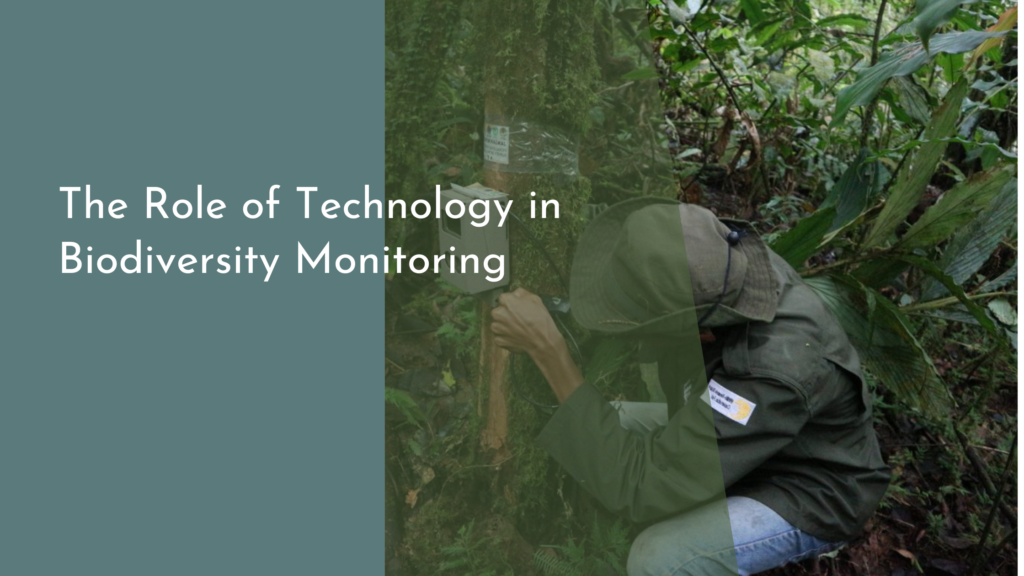Green Certifications and Their Role in Sustainable Practices
In the pursuit of a more sustainable future, green certifications have emerged as vital tools for businesses and organizations committed to environmental stewardship. These certifications not only guide companies in adopting eco-friendly practices but also provide consumers with a reliable standard for evaluating the sustainability of products and services. As awareness grows about the impact of human activities on the environment, green certifications have become increasingly important in shaping industries and consumer behavior alike.
Understanding Green Certifications
Green certifications are formal recognitions awarded to companies, products, or buildings that meet specific environmental standards set by independent organizations. These certifications serve as benchmarks for sustainability, often focusing on areas such as energy efficiency, water conservation, waste reduction, and the responsible sourcing of materials. The primary goal of green certifications is to encourage businesses to adopt practices that minimize their ecological footprint while promoting better health for the planet and its inhabitants.
An essential aspect of green certifications is their role in providing transparency and accountability. By adhering to the stringent criteria set by certifying bodies, organizations can showcase their commitment to sustainability and build trust with consumers who are increasingly seeking environmentally responsible options. This validation process assures customers that the company’s claims are backed by credible third-party evaluations, making green certifications a powerful tool in the movement towards a more sustainable world.
Key Green Certifications Worldwide
Across the globe, numerous green certifications have been established to cater to diverse industries and regions. One of the most renowned certifications is the Leadership in Energy and Environmental Design (LEED), which focuses on building practices that enhance energy efficiency, indoor environmental quality, and sustainable site development. LEED certification is widely recognized in the construction and real estate sectors, setting a high standard for green building practices.
In the realm of consumer products, certifications like Energy Star and the Forest Stewardship Council (FSC) label have gained prominence. Energy Star, a program initiated by the U.S. Environmental Protection Agency, identifies products that demonstrate superior energy efficiency, thereby helping consumers reduce their energy consumption and lower utility costs. Similarly, the FSC certification ensures that products such as paper and wood are sourced responsibly, supporting sustainable forestry management and protecting forest ecosystems.
Benefits of Adopting Green Certifications
For businesses, adopting green certifications can yield numerous benefits that extend beyond environmental impact. Certified companies often enjoy an enhanced reputation, attracting environmentally conscious consumers who prioritize sustainability in their purchasing decisions. This can lead to increased market share and brand loyalty, as well as the potential for higher profit margins due to the premium consumers are willing to pay for certified products.
Moreover, green certifications can lead to cost savings in the long term. By adopting energy-efficient practices and reducing waste, companies can significantly lower their operational expenses. Additionally, many governments and municipalities offer incentives such as tax credits and grants to businesses that achieve certain green certifications, further enhancing the financial viability of sustainable practices. These economic advantages make green certifications an appealing proposition for companies aiming to balance profitability with environmental responsibility.
Green Certifications Driving Change in Industries
Green certifications are driving transformative changes across various industries by setting new standards and encouraging innovation. In the construction industry, for instance, the demand for LEED-certified buildings has prompted architects and developers to integrate cutting-edge sustainable technologies and materials into their designs. This shift not only reduces the environmental impact of new constructions but also catalyzes advancements in building practices that can be adopted industry-wide.
In the manufacturing sector, certifications such as Cradle to Cradle (C2C) inspire companies to rethink product design and production processes. C2C certification encourages the creation of products that can be fully recycled or safely composted, promoting a circular economy model that minimizes waste and conserves natural resources. By embracing green certifications, industries are motivated to innovate and adopt practices that align with the global push towards sustainability, ultimately benefiting the planet and future generations.
As the urgency to address environmental challenges grows, green certifications offer a pathway for industries and consumers alike to participate in the global sustainability movement. By providing a tangible framework for evaluating and improving environmental performance, these certifications empower businesses to lead by example and inspire positive change across sectors. As more companies realize the economic and reputational benefits of green certifications, their adoption is likely to increase, propelling us towards a more sustainable and environmentally conscious future. Embracing green certifications not only signifies a commitment to preserving our planet but also represents a significant step towards a harmonious coexistence between industry and nature.


